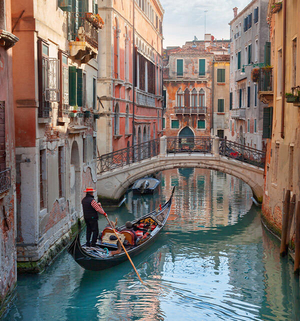Discover the ancient city of Hierapolis and Pamukkale's stunning white travertines. Explore historical ruins, soak in thermal pools, and marvel at the unique beauty of this UNESCO World Heritage Site.
- Explore the theater, temples, baths, and monumental gates of Hierapolis.
- Enjoy Pamukkale's thermal pools and terraces, celebrated since Roman times.
- Learn about Hierapolis’s founding and its role in early Christianity.
- Marvel at Pamukkale's stunning white travertine terraces.
- Discover the site at your own pace with a multilingual audio guide.
- Visit a UNESCO World Heritage site rich in cultural and natural heritage.
Pamukkale and Hierapolis, a UNESCO World Heritage Site, combine stunning natural beauty with rich history. Hierapolis, founded in the 2nd century BC by Eumenes II of Pergamon, boasts Roman-era ruins like the theater, Apollon Temple, and the Martyrium of St. Philip, reflecting its importance as a Byzantine Christian center. Pamukkale’s dazzling white travertine terraces, formed by mineral-rich thermal waters, have been a wellness destination since Roman times. Visitors can explore Hierapolis's well-preserved structures, walk along the ancient city's grid-planned streets, and soak in Pamukkale’s thermal pools, offering breathtaking views. This site is a must-visit for history and nature enthusiasts alike.
- Pamukkale and Hierapolis Ancient City Entrance Ticket
- Pamukkale and Hierapolis Ancient City Audio Guide
- Your tickets are valid throughout the opening hours.
- For the audio guide, please ensure your smartphone is fully charged and that you have your headphones with you.
- Kindly download the audio guide onto your phone in advance.
- Non-refundable









the warm water felt amazing after walking through the ancient streets, i would absolutely recommend it to anyone traveling through turkey
Pamukkale was even more impressive in person. The terraces looked like a white waterfall under the sun. The ruins of Hierapolis were peaceful and full of history.
We bought our tickets the night before and received them within minutes. Everything was ready when we arrived in the morning.
We received the tickets right after booking, which made everything so simple. The email had clear instructions and the audio guide link worked right away.
the site is breathtaking and incredibly well organized. we spent hours walking among ancient stones and natural pools. the audio was easy to use and full of interesting facts.